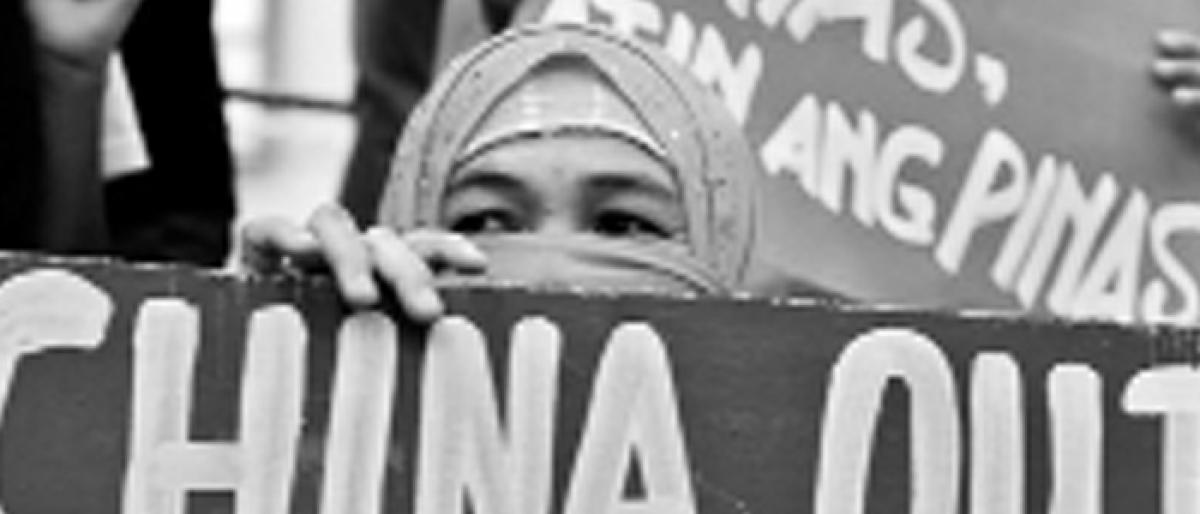Live
- Speed up Veligonda project works, CPM urges govt
- 10 career opportunities with a public policy degree
- TG Medical Council cracks whip on fake doctors
- TTD takes up mammoth waste management exercise
- Celebrating the power of communication
- Standing at work can actually be detrimental to BP
- Adani US bribery case reaches SC
- Prez, PM to address special event to mark Constitution Day
- I owe every film of mine to Vijay Sethupathi: Eashvar Karthic
- Achoo! City faces spike in flu, cold, cough cases
Just In

India Standard Time (IST) is 5:30 hours ahead of Coordinated Universal Time (UTC). This time zone is in use during standard time in: Asia. India Standard Time is a half-hour time zone. Its local time differs by 30 minutes instead of the normal whole hour.
India Standard Time (IST) is 5:30 hours ahead of Coordinated Universal Time (UTC). This time zone is in use during standard time in: Asia. India Standard Time is a half-hour time zone. Its local time differs by 30 minutes instead of the normal whole hour.
This time zone is often called Indian Time. India and Sri Lanka observe India Standard Time, according to www.timeanddate.com. UTC is the time standard commonly used across the world. The world's timing centers have agreed to keep their time scales closely synchronized - or coordinated - therefore the name Coordinated Universal Time.
Until 1972, Greenwich Mean Time (also known as Zulu time) was the same as Universal Time (UT). Since then, GMT is no longer a time standard. Today, Greenwich Mean Time (GMT) is only the name of a time zone that is used by a few countries in Africa and Western Europe, including the UK during winter and all year in Iceland, adds the website.
Post independence, IST is adopted as the official time for the whole country. But, the existing Kolkata and Mumbai local times were followed for a few years. In Assam, tea gardens follow a separate time zone known as the 'Tea Garden Time' or Bagantime that is one hour ahead of IST. The Central observatory was moved from Chennai to a location at Shankargarh Fort in Allahabad district, so that it would be as close to UTC +5:30 as possible.
Daylight Saving Time (DST) was used briefly during the China-Indian War of 1962 and the Indo-Pak Wars of 1965 and 1971. The country's east–west distance of more than 2,933 kilometres (1,822 mi) covers over 29 degrees of longitude, resulting in the sun rising and setting almost two hours earlier on India's eastern border than in the Rann of Kutch in the far west.
Hence, there is a demand in the eastern states for a separate time-zone to save daylight. So far, two committees studied feasibility of having two time-zones. While one proposed two time-zones, the other did not recommend any. Now, Department of Science and Technology is studying a feasibility study of having two time-zones for India.

© 2024 Hyderabad Media House Limited/The Hans India. All rights reserved. Powered by hocalwire.com







